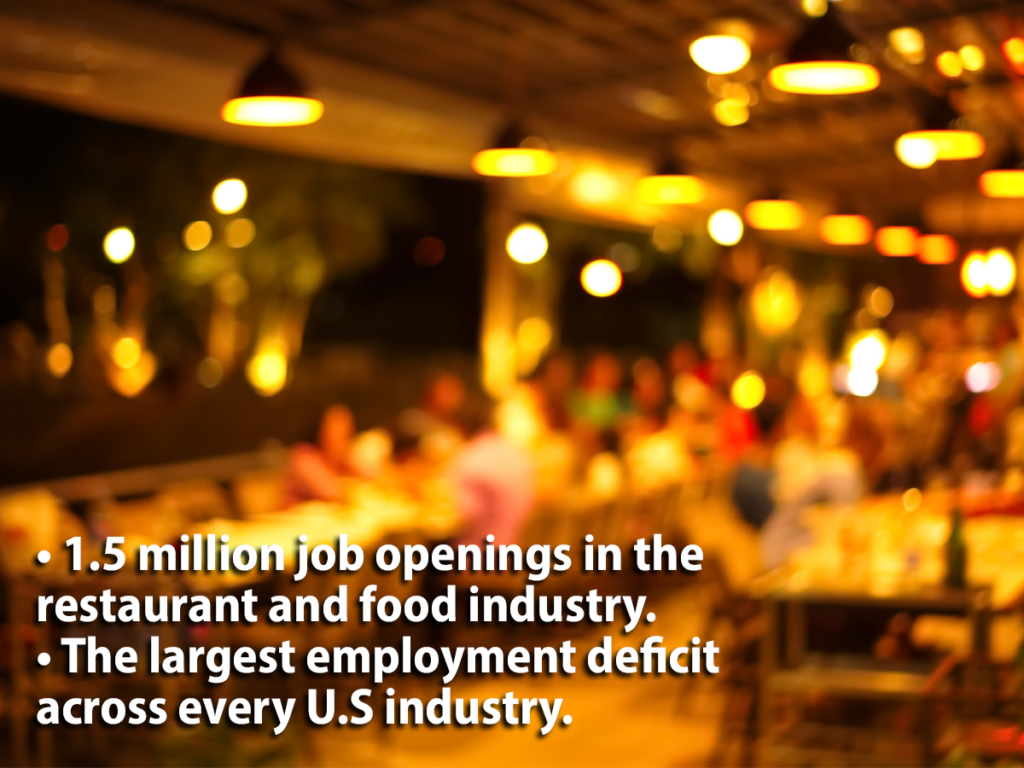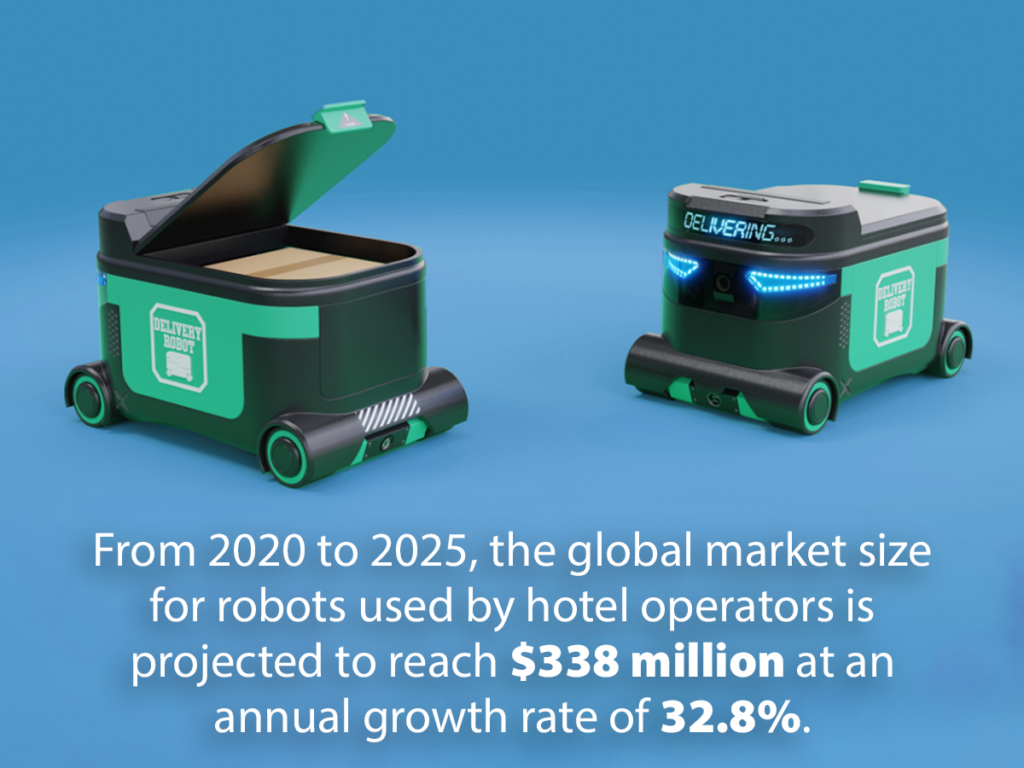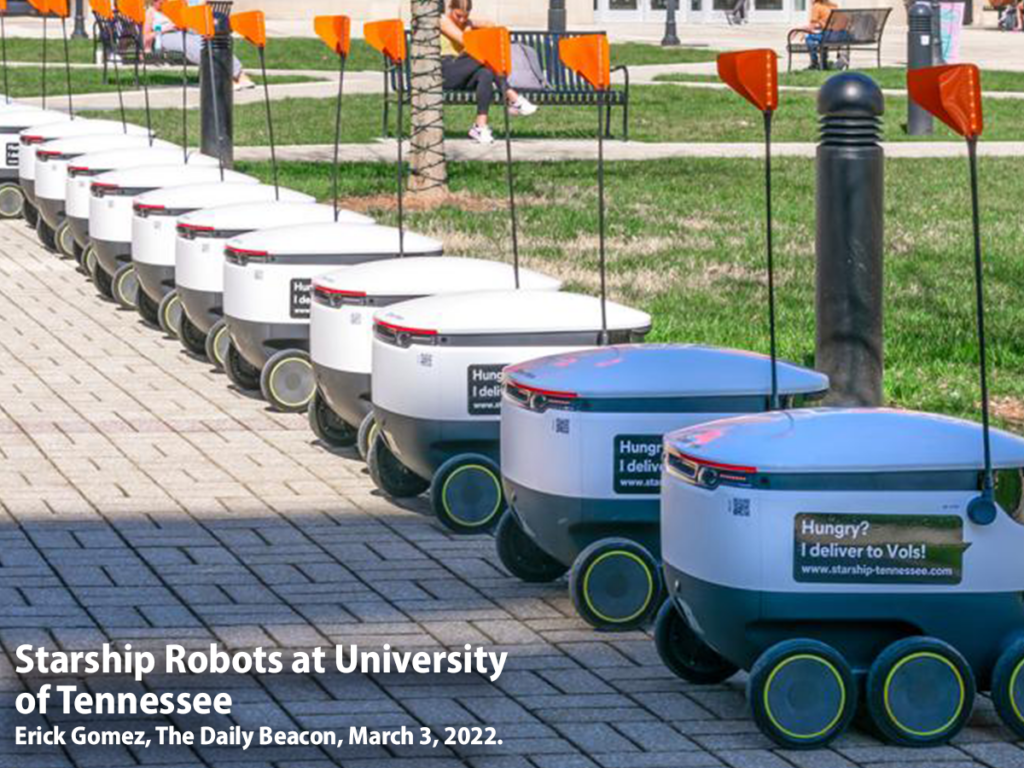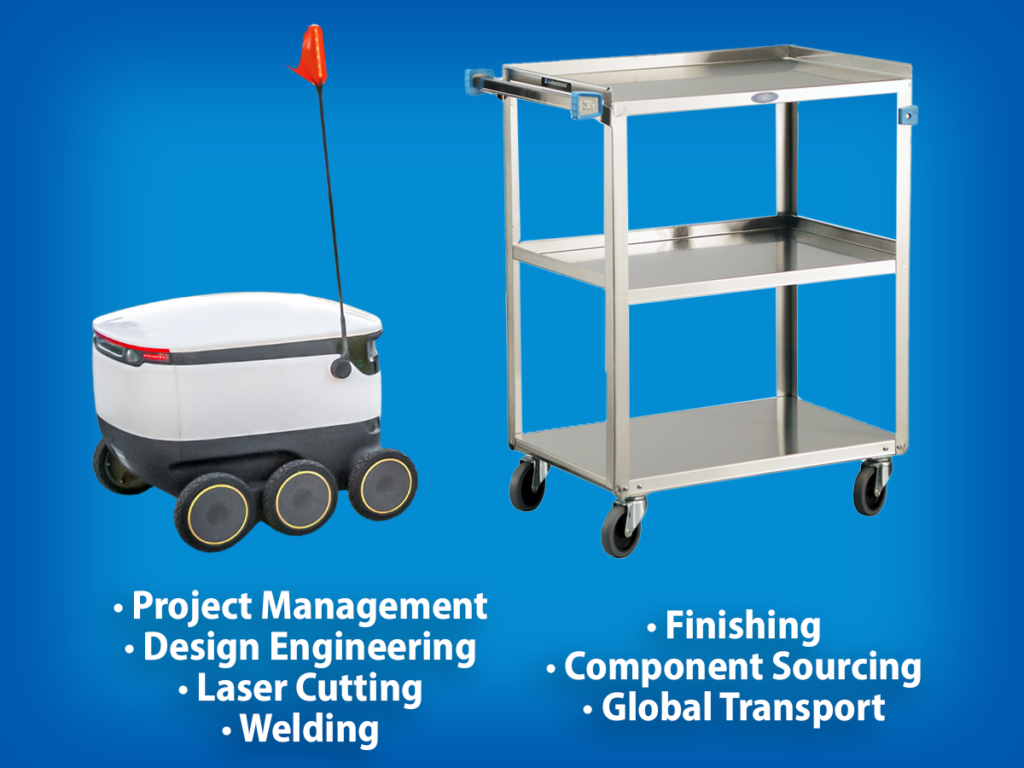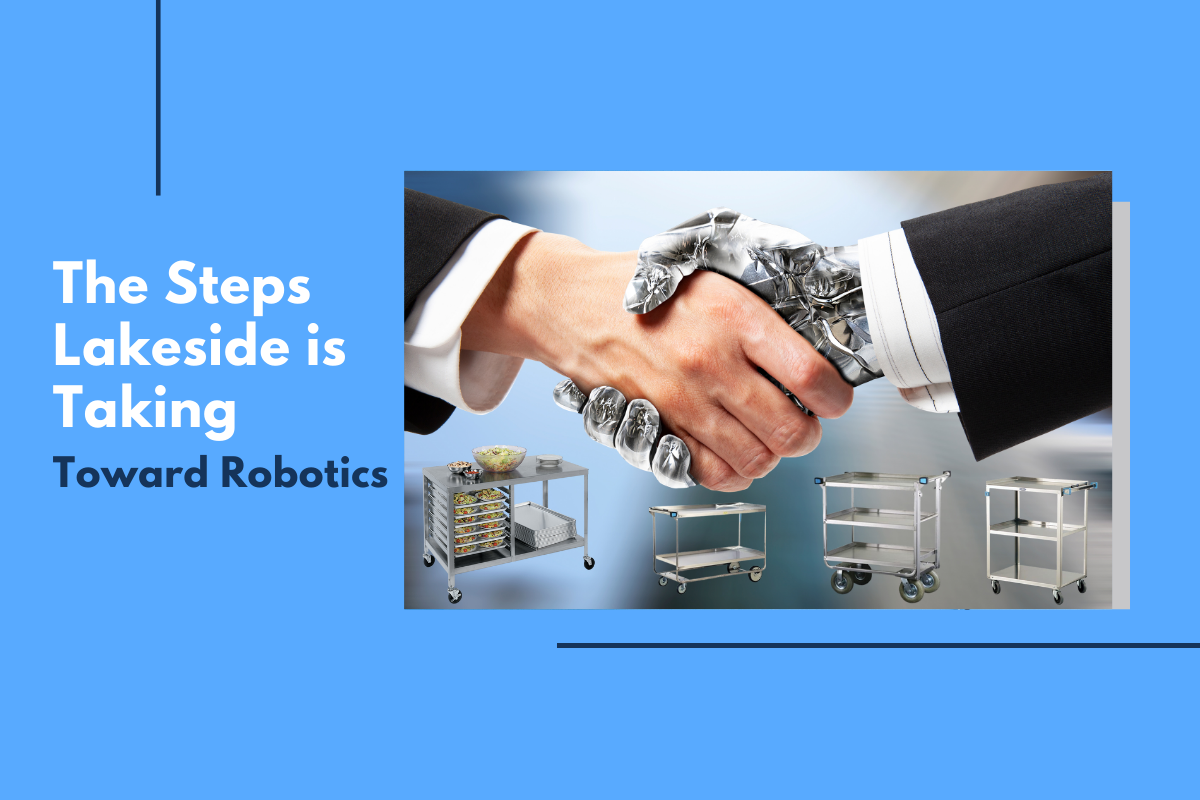
26 Consecutive Months of Job Growth, But…
Restaurants in America are still well below their pre-pandemic staffing levels. How is that even possible? Why is it taking restaurants longer than two years to get fully staffed again? Those are questions the common person will still be asking even after three years since the COVID-19 pandemic thrusted its way into society.
In January, there were still roughly 1.5 million job openings in the restaurant and food industry; A staggering 450,000 jobs (-3.6%) below pre-pandemic numbers. This remains the largest employment deficit across every U.S industry, and several operators are taking matters into their own hands to find a solution with the help of… ROBOTS.
That’s right, robots. Waiting for the future to come is no longer needed as robots are quickly filling the voids left by many during the Great Resignation. To solve staffing shortages, as many as half of U.S. restaurant owners intend to implement robots into their operations within the next few years. Yes, 50%!
Furthermore, what is the current state of robotics in multiple foodservice sectors such as hotels, college and universities, and the aforementioned restaurant industry? Let’s uncover the revealing findings.
Current State of Robotics in Foodservice
1. Hotels and Hospitality
It’s no secret that the hotel and hospitality industry is a crucial segment in foodservice. As the travel industry continues to grow, so will hotels and the consistent need for quality hospitality. At the beginning of the decade, the global market size for robots in hotels was estimated to be worth $79 million.
Common duties of robots at hotels include, meal service, meal delivery, and even cooking food. Take for example the Savioke robot that has been assisting hotels across the U.S. amid staffing shortages. The Savioke is able to successfully deliver meals or additional items to guest rooms, which is quintessential to freeing up the already tied hands of hotel staff. Savioke CEO Steve Cousins has gone on record to state, “It’s much more valuable for the front desk staff to be checking people in than to be running stuff up to a room.”
From 2020 to 2025, the global market size for robots used by hotel operators is projected to reach $338 million at an annual growth rate of 32.8%.
2. Colleges and Universities
Just last year, groundbreaking news shook the foodservice and college and university industry as Grubhub and Starship Technologies announced they were extending their partnership to bring robot food delivery to more than 170,000 students at over 25 schools. Several schools are already using this technology which include, University of Kentucky; the University of Nevada, Las Vegas; Southern Methodist University, and Fairfield University.
Starship’s robots can accelerate up to 4 mph and carry roughly three grocery bags of weight. They’re also waterproof and can travel through rain or snow. For students at colleges utilizing Starship’s robots, nearly half have admitted to treating it like a person, giving gratitude and thanks for its helpful services.
3. Restaurants
As recent studies show, and even though restaurants in the U.S. continue to add jobs, there is still a lot of work left to do. In February, for the 26th month in a row, nearly 70,000 jobs were added in the restaurant industry equating to a total of 2.5 million jobs, but there are still 108,000 jobs below the February 2020 employment peak. Not wanting to wait or waste precious time for things to get back to the flatline, restaurant operators are incorporating robots into their workflow.
Popular eateries such as Domino’s, McDonald’s, and Starbucks are prime examples of the advancement of robots in restaurants. Domino’s has developed an autonomous pizza delivery system, McDonald’s is currently experimenting with an automated drive-thru, and several Starbucks locations are utilizing AI-enabled coffee machines.
How does automated robotic technology reduce labor shortages in restaurants?
- Improved and cost effective training procedures.
- Automated and flexible task management.
- Efficient inventory management and accuracy.
The Steps Lakeside is Taking Toward Robotics
With robotics expected to grow at a breathtaking speed over the next few years, it’s encouraged that foodservice operators consider investing in robotic technology to combat the current labor shortage. Just in 2021, the food and beverage industry in the U.S. installed 25% more robots than in 2020 to reach 3,402 total units. Even our cart experts here at Lakeside are aware of this current movement, and have been making numerous strides toward incorporating robotics into its line of robust foodservice utility carts on wheels to better solve the challenges operators currently face.
At Lakeside, we have taken on multiple projects requiring the development of both robotic autonomous carts and robotic medical transport carts for operators across the world. These projects demanded precise attention to detail to ensure there was a solution in the end. Our team was able to design and customize dollies underneath our Lakeside carts in order to hold robotic hard drives to exact specifications. One of the projects even required the development to fit multiple robots on a single dolly frame to ensure success for the operator.
With the use of laser technology, component sourcing, and attentive design engineering, our team at Lakeside was able to successfully develop some of the first robotic stainless steel ergonomic carts in factory history. As the demand for robotics continues to increase in the foodservice industry, so does our process at Lakeside. Click ‘The Lakeside and Robotics Connection’ to see our past projects involving our advancement with including robotic technology on our carts.

